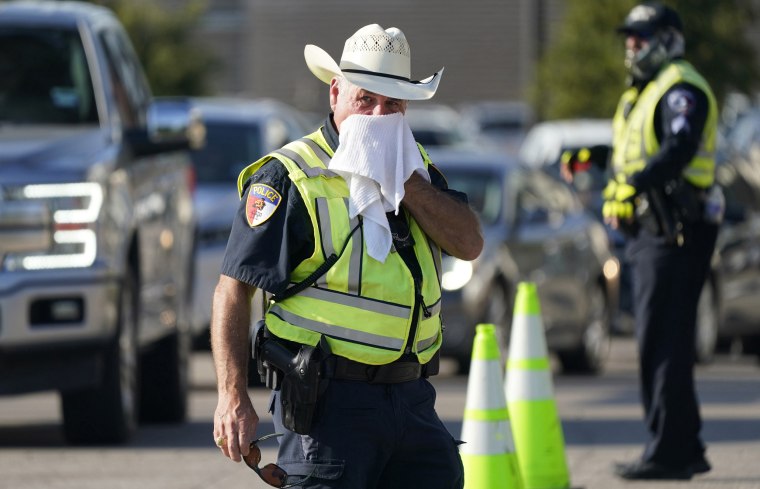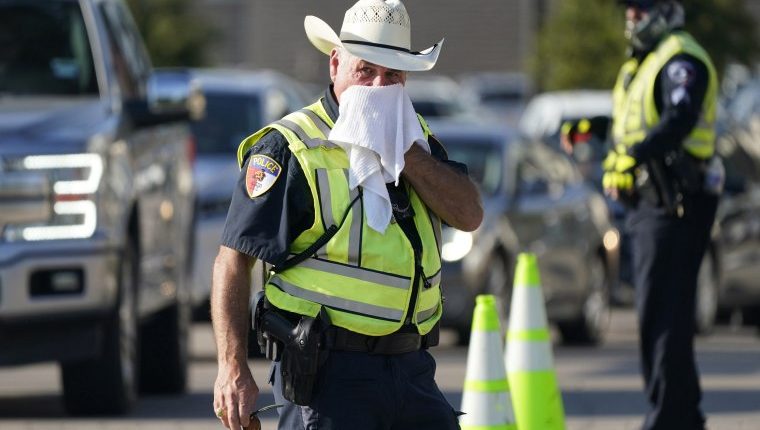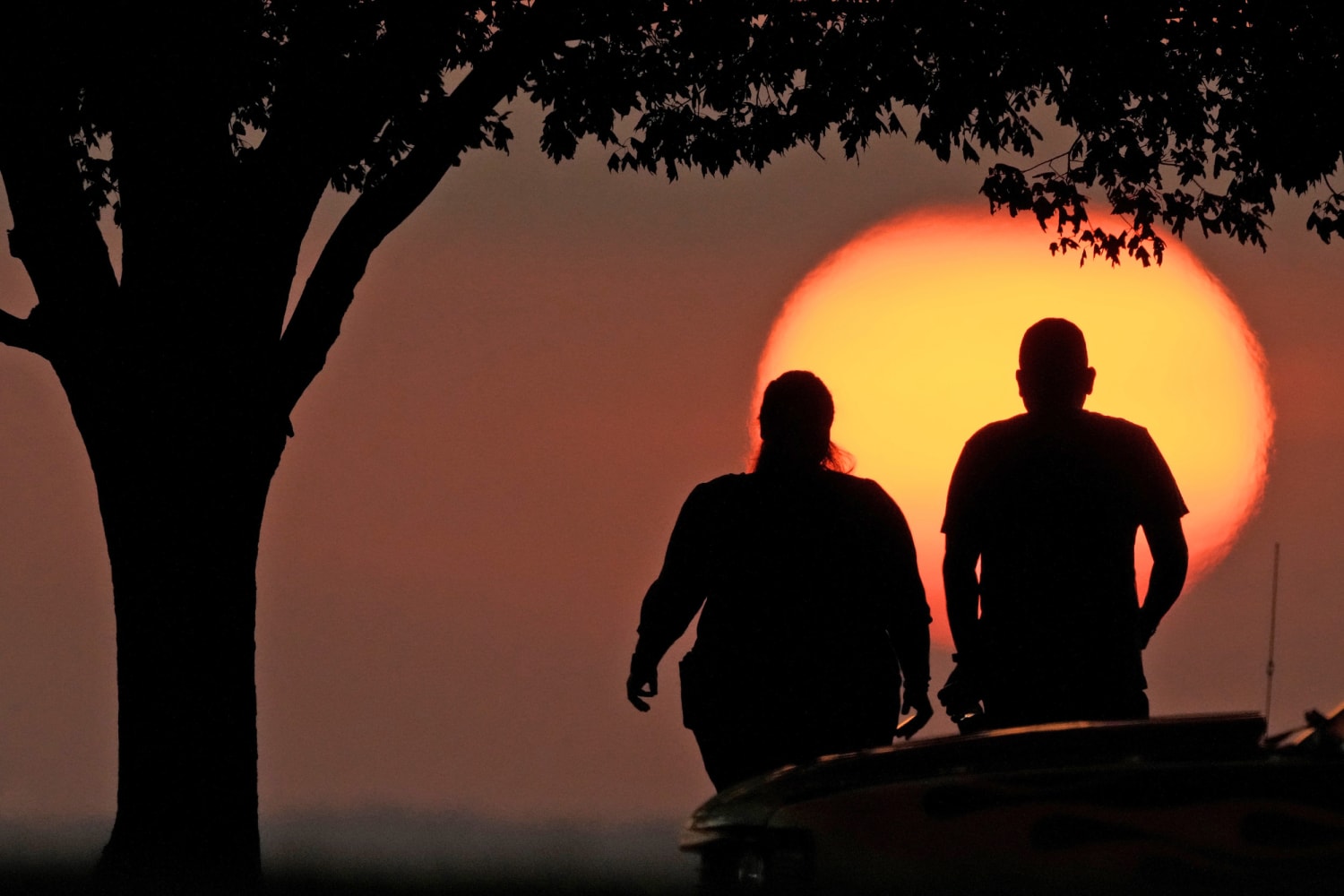More than 100 million people from the Upper Midwest down to the Gulf Coast are under heat alerts Tuesday, as a brutal heat wave grips a huge swath of the central United States.
Heat index values, or the “feels like” temperatures when humidity and air temperatures are combined, are expected to soar well into the triple digits across Iowa, Illinois, Missouri and other parts of the Midwest, as well as further south in Texas and Louisiana.
Chicago, for instance, could see heat index values reach 111 degrees Fahrenheit this week, while in Houston they could peak at 113 F.
The heat wave is due to a “heat dome,” a high-pressure ridge that remains parked over the central U.S., trapping hot air over the region and funneling moisture from the Gulf of Mexico.
More than 150 high temperature records could be set by the end of the week from the Midwest to the Gulf Coast, but sweltering conditions are already widespread. On Sunday, St. Louis had a heat index of 117 F, its fourth-highest on record. In the coming days, cities such as Minneapolis, Dallas, Houston, New Orleans, Memphis, Nashville, Tampa, Atlanta and Oklahoma City could all see heat index values over 103 F — what’s considered a “heat danger zone,” where heat exhaustion is likely and heat stroke possible with prolonged exposure.
The St. Louis office of the National Weather Service warned Tuesday that “another oppressively hot and humid day is in store,” alerting residents to “stay safe, drink water, keep shaded, and check on neighbors.”
Extreme heat causes more deaths across the U.S. each year than any other weather event, according to the weather service. The combination of high heat and humidity is particularly dangerous, when what’s known as “wet-bulb temperatures” start to brush up against the limits of human survivability.
Wet-bulb temperature measures the combination of heat and humidity. When that figure reaches a high enough level, it can hamper the human body’s ability to cool itself down.
Humans, like most mammals, cool themselves through sweating. Body heat is used to convert sweat into water vapor, and the resulting evaporation process helps cool the body.
When wet-bulb temperatures exceed the temperature of the human body — a threshold around 97 degrees Fahrenheit or 36 degrees Celsius — sweat cannot evaporate, and there’s simply no way to prevent overheating.

But even less extreme wet-bulb temperatures can have serious consequences, Illinois State Climatologist Trent Ford said.
“It’s a nonlinear process — we can have significant community-scale health impacts at wet bulb temperatures that are well below that threshold,” said Ford, who is also an assistant scientist at the University of Illinois Urbana-Champaign.
With climate change making heat waves more frequent, more intense and longer-lasting, the threats of heat-related illnesses and deaths are also increasing.
Children, older adults and individuals with pre-existing health conditions tend to be those most at risk for heat-related illness and death, but when temperatures and humidity skyrocket, heat waves can be dangerous for anyone.
In the Midwest, muggy conditions are further exacerbated by a phenomenon known as “corn sweat.” In scientific circles, the process has a slightly more dignified name: evapotranspiration.
States across the Midwest and the Great Plains, where the land is dominated by corn, soybeans and other agricultural crops, can feel even more humid because plants take up water in their roots and then release moisture into the air.
As such, acres and acres of crops can add a layer of discomfort to conditions that are already stifling.
“A single corn plant or soybean plant is not going to add a huge amount of water into the atmosphere,” Ford said. “But when you multiply that by hundreds of thousands in a field, and then millions across the landscape of the Midwest, now we’re starting to talk about a significant amount of water that’s being transpired, or essentially moved from the ground to the atmosphere.”
Brutally hot conditions are expected to persist through the week across the central U.S., and Ford urged people to take precautions, particularly in humid parts of the country, where air temperatures alone can be deceiving.
Local officials should also take proactive measures to protect people and communities at highest risk of heat-related illness and death, he said.
“Time and time again, the largest impacts are borne by the most vulnerable in the poorest communities,” Ford said. “When we talk about climate change and the increasing frequency of extreme heat, it always has to be viewed through the lens of equity.”
Source: | This article originally belongs to Nbcnews.com










